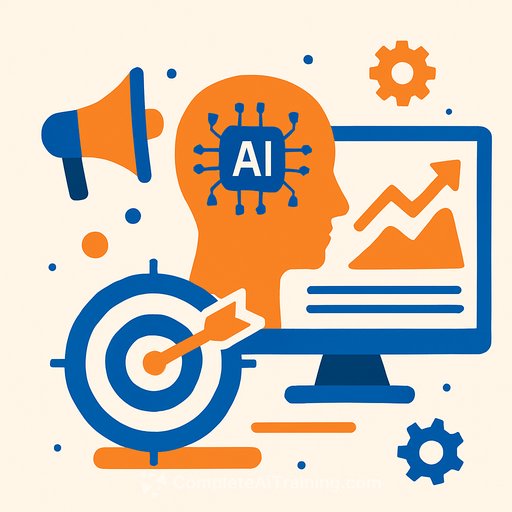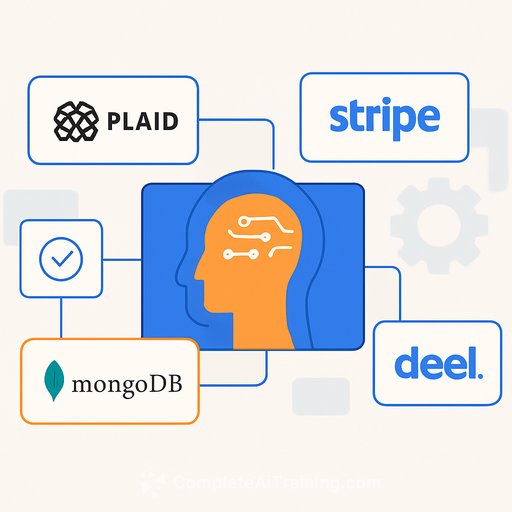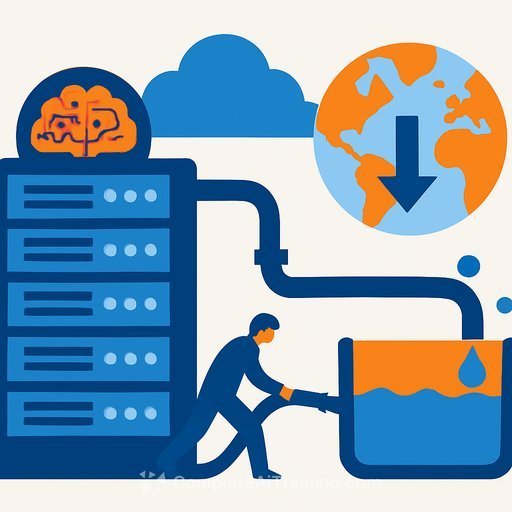Marketing is shifting structurally—not just in how content is created but in how campaigns are managed, insights are drawn, operations are handled, and outputs are controlled. At the core of this change lies generative AI. For senior marketing leaders, the question has evolved from “Should we use AI?” to “How do we scale it responsibly, align it with business goals, and maintain team focus and efficiency?”
The genAI martech stack
The generative AI stack has moved beyond simple prompt-based writing or design tools. AI capabilities are now deeply integrated within the marketing ecosystem, driving:
- Dynamic campaign orchestration
- CRM decision intelligence
- Content personalization
- Audience segmentation
- Media optimization
- Operational automation
These AI layers are foundational, not isolated add-ons. They help marketing teams prioritize leads, refine targeting strategies, generate real-time tailored messaging, and automate workflows throughout the customer lifecycle.
Similar to how cloud transformed IT and digital reshaped branding, AI is pushing marketing execution and coordination toward full-process augmentation. This shift calls for rethinking tools, talent, process design, and governance.
Map processes before integrating tools
Adding AI tools without a clear operational plan can amplify inefficiencies rather than solve them. Before integrating AI, identify which workflows are ready for automation and which require redesign. Use a readiness matrix focused on high-volume, rule-based processes to evaluate and prioritize.
Ideal candidates for AI augmentation
- Lead scoring and routing: Train AI on historical win/loss data and behavioral patterns.
- Content personalization: Adapt headlines, CTAs, and copy based on firmographic or behavioral signals dynamically.
- Campaign QA: Use AI to detect broken links, ensure CTA coverage, verify tone consistency, and check compliance.
- Form routing and field enrichment: Auto-populate CRM fields or route leads using AI-enriched firmographic insights.
AI works best when aligned with well-understood, repeatable workflows. Otherwise, it risks adding inconsistency and operational challenges.
Redesigning the org chart for AI-augmented execution
Deploying AI tools without clear role definitions leads to confusion. Teams need clarity on ownership, quality control, and skill development. As AI changes workflows, team responsibilities must shift. The goal is to enhance human work by moving roles from task execution toward orchestration, oversight, and strategic input.
Some evolving marketing roles in AI-augmented environments include:
- Marketing operations AI engineer: Designs and implements AI tools and integrates them into workflows and platforms.
- AI QA analyst: Validates outputs to ensure brand tone, accuracy, and compliance.
- Prompt librarian: Curates and governs prompt frameworks to ensure consistency and performance.
- AI ops manager: Oversees AI usage, manages vendor integrations, enforces governance, and tracks adoption.
These roles are becoming essential as AI becomes core to marketing operations, much like demand generation and analytics evolved into specialized functions in previous martech waves.
Integrating AI into your martech infrastructure
AI tools must be integrated directly into your martech stack to keep outputs actionable, traceable, and aligned with go-to-market strategies. When AI sits outside CRM, MAP, CDP, or analytics layers, teams waste time duplicating efforts or doubting insights. Strong technical marketing leadership is critical to ensure AI enhances rather than fragments the stack.
Focus areas for integration
- CRM integration: Feed AI outputs like lead scores, summaries, and predictions directly into contact records and sales workflows.
- MAP integration: Use AI to trigger emails, adjust nurture streams, or create variants based on real-time behavior.
- CDP/BI layers: Combine AI insights with behavioral and transactional data for improved segmentation and personalization.
- Compliance and data flows: Ensure AI tools comply with privacy policies like HIPAA, GDPR, or SOC2 and don’t disrupt data governance.
Governing AI use
Without governance, generative AI can introduce risks such as hallucinated claims, off-brand messaging, inconsistent tone, and compliance gaps. Effective governance minimizes these risks while allowing innovation and scale. This means setting clear expectations and accountability across teams.
Key governance mechanisms
- AI acceptable use policy: Defines permitted tools and outputs.
- Content QA guidelines: Establishes which AI-generated content requires human review.
- Attribution protocols: Specifies when and how to disclose AI involvement in customer-facing content.
- Usage logs: Tracks tool usage, users, and published outputs.
Consider creating a cross-functional AI Governance Council with representatives from marketing, legal, compliance, and operations to review tools, assess risks, and update policies.
Measurement and performance
Traditional attribution models struggle with AI-driven marketing since generative AI influences revenue across the funnel and delivers both direct and indirect benefits. Research shows:
- Organizations investing deeply in marketing AI report 10-20% higher campaign ROI compared to peers.
- Studies reveal an average $3.70 return for every $1 invested in AI, with top performers seeing returns up to $10.30.
- Yet, only 49% of marketers can effectively measure AI ROI.
To improve measurement, start with baselines, run controlled pilots, and iterate. Consistent, repeatable measurement is key.
Driving adoption without overload
AI adoption is as much cultural as it is technical. Many initiatives fail due to team resistance. Applying frameworks like Kotter’s 8-step model helps anchor AI transformation in purpose, urgency, and alignment. This involves building guiding coalitions, generating early wins, and embedding continuous learning.
To reduce fatigue, senior leaders should create AI champions, provide role-specific training, and establish feedback loops. These efforts build trust, increase adoption, and help teams feel supported rather than replaced.
GenAI is a strategic mandate
Generative AI has changed how marketing teams work. Leaders must ensure AI is implemented strategically to build agile, efficient, and future-ready teams. Delaying AI integration risks ending up with a patchwork stack, burned-out teams, and outputs that don’t meet standards. Focus on building trustworthy systems, freeing teams for strategic work, and leading marketing’s next phase.
Your membership also unlocks:










